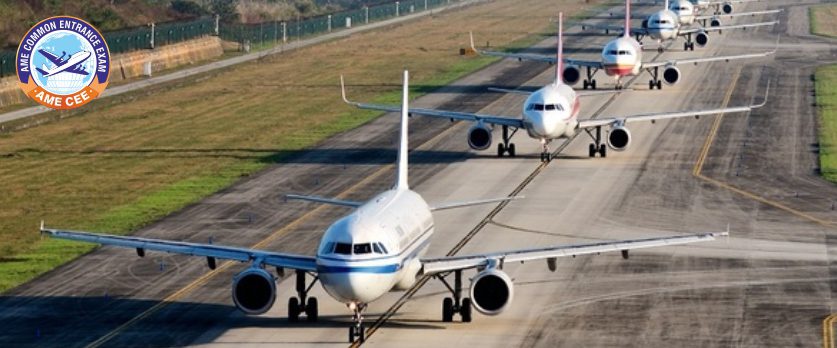What does the news say?
This week, a clear, uncomplicated advertisement emerged in newspapers. Alliance Air seeks applications for a variety of positions, with “different roles” bolded. Prior to that, according to the airline’s CEO Sanjiv Kapoor, a call from Jet Airlines soliciting applications for cabin crew resulted in over 700 CVs being submitted in only five hours. Moreover, a large portion of IndiGo’s cabin staff missed work on July 2 to attend employment interviews sponsored by Air India.
How is the Indian aviation industry expanding?
The aviation industry has benefited from an increasing share of middle-class households, strong competition among Low-Cost Carriers, infrastructure development at top airports, and supportive governmental environment.
Travel to, though, or within India was done by 79 million people in 2010. It had doubled to 158 Mn by 2017, and by 2037, this number is anticipated to reach 520 Mn. A rise in air passenger traffic is anticipated to cause the Indian aviation industry to expand quickly. To keep up with the current and expected rise in demand for commercial air travel, Indian airlines have placed sizeable orders for aircraft. The country’s fleet of aircraft is projected to increase by a factor of four by 2038, reaching roughly 2500 aircraft. There are currently 131 operating airports in the country, including 10 custom, 92 domestic, and 29 international airports. To meet India’s rising demand for air travel, it has become imperative to upgrade airport infrastructure. The number of airports has increased from 74 to 141 over the past eight years (including helipads and water Drones), and is expected to reach 200 in the next four to five years. By 2026, the Indian government plans to invest $1.83 billion in the construction of airport infrastructure. With a 3.1 economic multiplier and a 6 employment multiplier, the sector has a significant impact. Over 2,50,000 people work directly in the aviation and aeronautical manufacturing industry Now valued at over $900 million, the Indian Civil Aviation MRO industry is expected to rise to $4.33 billion by 2025, expanding at a CAGR of roughly 14–15%. Up to $1.8 billion in revenue will be generated by the drone market in India by 2026. In India, there are 34 Flying Training Organizations (FTOs) working out of 52 locations and 42 start-ups in the aviation IT sector. From 69.95% to 85.49%, India’s effective implementation has increased. With 116 nations currently party to Air Services Agreements, India has a sizable international airline network.
What factors account for the expansion of the Indian aviation industry?
The market is fuelled by expanding international air travel demand in India in addition to domestic demand. The desire for flights internationally is increasing more quickly than domestically air travel as a result of improved air connectivity between various nations.
Conclusion
Indian Aviation sector is growing. India’s growing population will cause passenger traffic to grow at the greatest rate among large countries and significantly faster than the global average of 3.9%, or 6.2% yearly, by 2040. India would require 34,000 additional pilots and 45,000 additional technicians by 2040.
To become an aircraft maintenance engineer you may could join AME engineering through AME COMMON ENTRANCE EXAM (AME CEE) this examination you may join AME engineering approved by DGCA, EASA or UGC.


